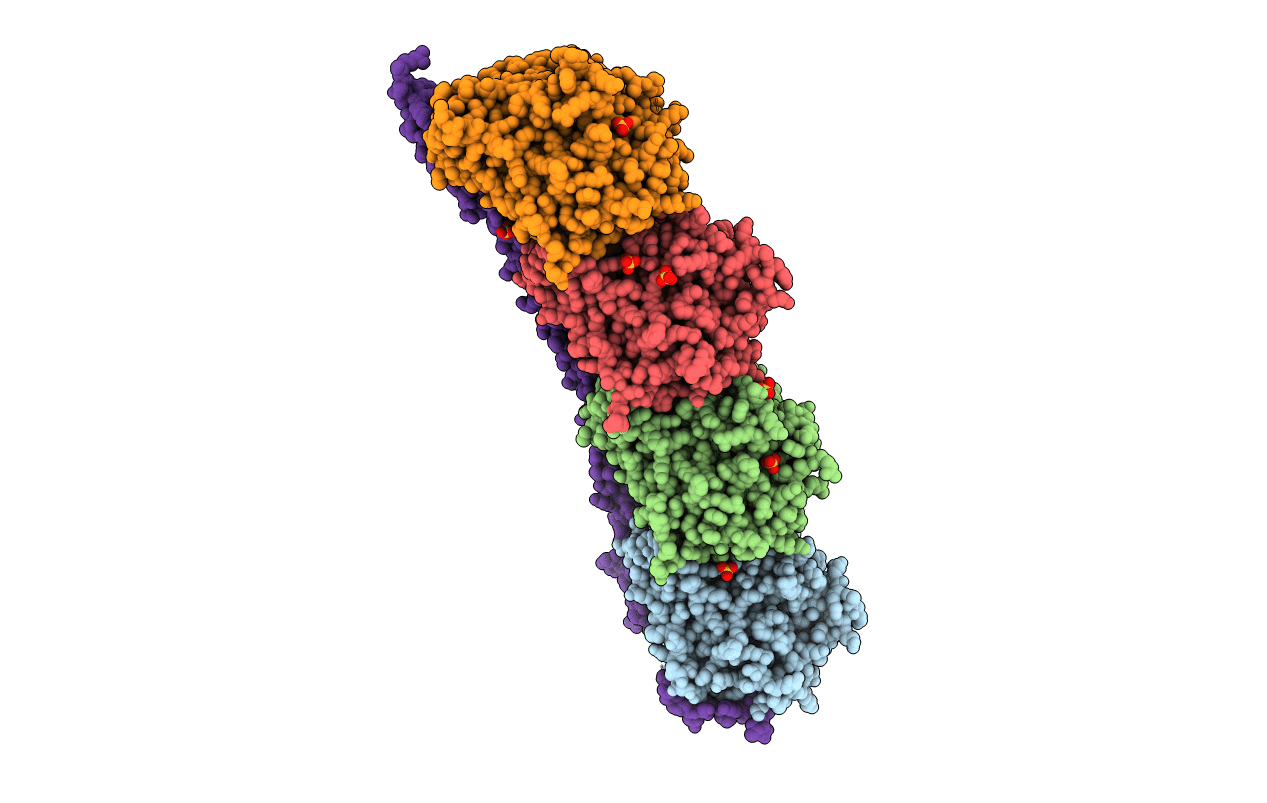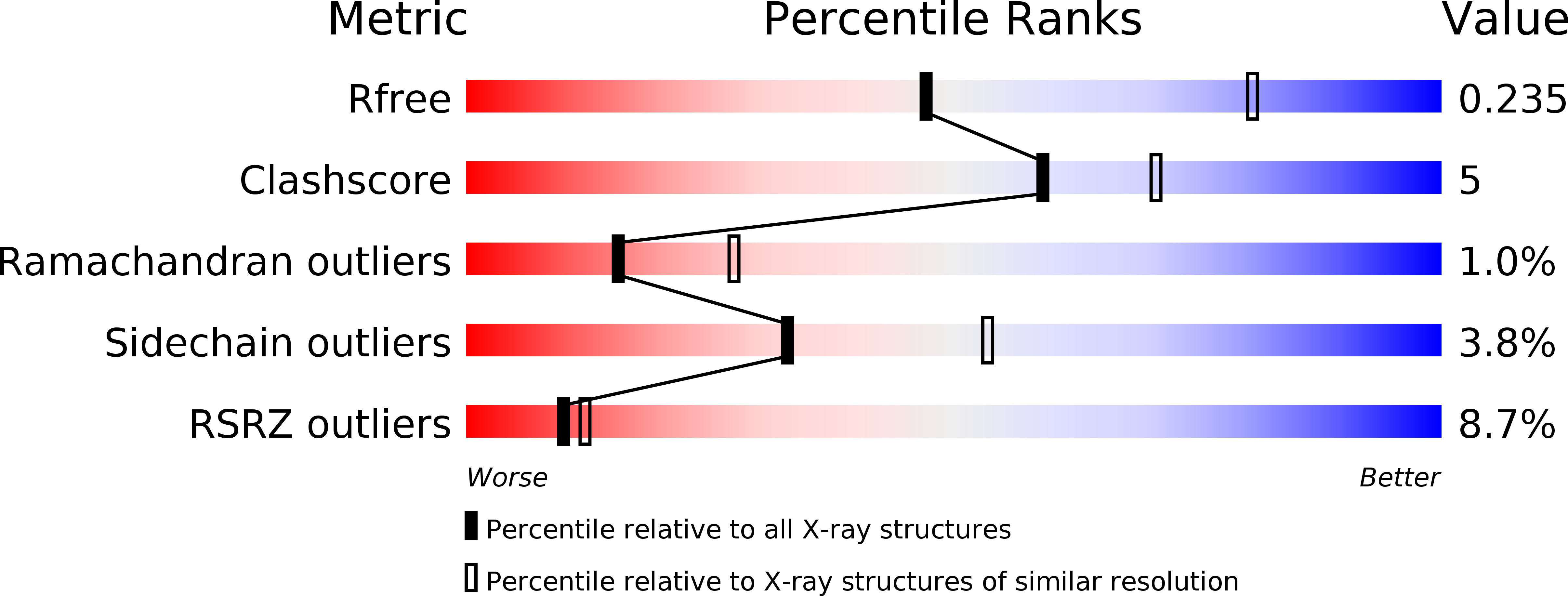
Deposition Date
2018-08-03
Release Date
2018-12-19
Last Version Date
2024-01-17
Entry Detail
PDB ID:
6H9B
Keywords:
Title:
1,1-Diheterocyclic Ethylenes Derived from Quinaldine and Carbazole as New Tubulin Polymerization Inhibitors: Synthesis, Metabolism, and Biological Evaluation
Biological Source:
Source Organism:
Rattus norvegicus (Taxon ID: 10116)
Ovis aries (Taxon ID: 9940)
Ovis aries (Taxon ID: 9940)
Host Organism:
Method Details:
Experimental Method:
Resolution:
2.75 Å
R-Value Free:
0.21
R-Value Work:
0.17
R-Value Observed:
0.17
Space Group:
P 21 21 21


